As we recently discussed, regular periods of moderate walking are of course highly beneficial to your physical health and fitness. And this is of course fairly obvious. However what’s far less implicit is the huge impact it can also have on our mental health and brainpower. In this post, we outline 7 huge benefits of walking for mental well-being.
Recent studies have demonstrated that those of us who walk on a daily or at least weekly basis for a minimum of twenty to thirty minutes each time are better positioned in life to stave off anxiety and depression, increase our reaction times and alertness, and even improve our problem solving and reasoning skills. Not to mention the fact that walking is a very enjoyable form of exercise to begin with.
Heading off on longer journeys through the countryside exposes us to the natural environment as well, something lacking from our everyday lives. Read on to find out how it’s not only your body, but also your brain which is being worked out when you hit the trails, or simply walk around your local park.
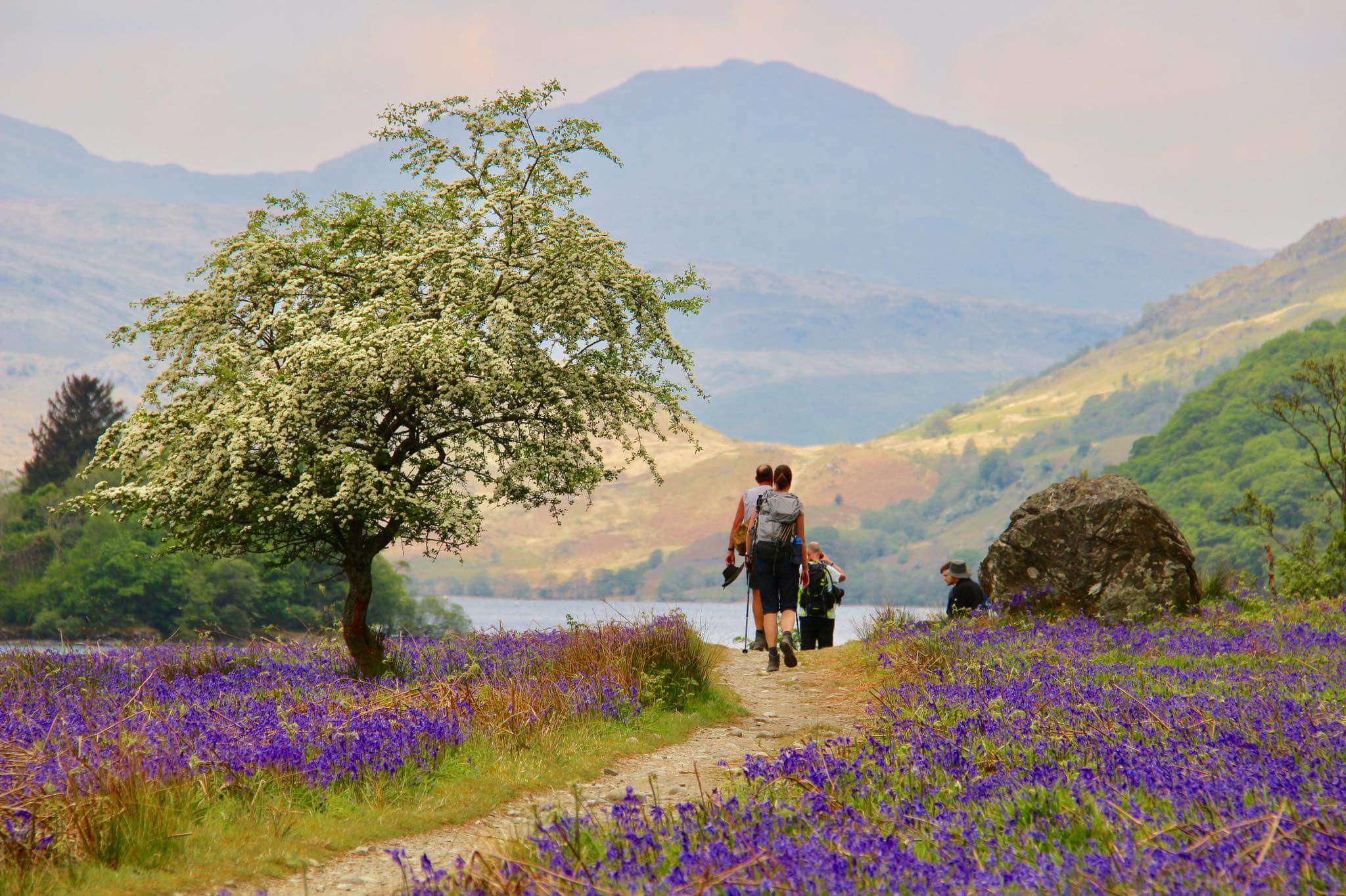
Looking for your next hiking adventure? Check out hillwalktours.com
Surrender to Nature
When we leave the security and comfort of our own homes, we often go prepared for the current or anticipated weather outside. This is even more relevant for the times when we decide to head off on a longer walk or hike out in nature. We might be exposed to the elements for the entire day before reaching our B&B for the night. On other occasions we may even opt to camp out in the wild overnight as well. As such we pack raincoats, waterproof boots, warm long johns, gloves, neck warmers, and so on and so forth. However when we travel through the natural world for hours or days on end, using nothing but our own two feet for transport, we must at some point inevitably practice the philosophy of surrendering to nature.
We use the previously listed comforts of warm jackets, etc., to effectively fight against the elements and what nature is throwing at us. But eventually we must face the reality that the wind is in our face, the rain is bucketing down upon us, and we may even be feeling a bit cold, tired and hungry. But instead of facing this and fighting it, long distance trekkers learn to embrace this – surrender unto the elements.
Psychologically this helps us enjoy the experience more when we are out walking. Yes, it might be hot one day and rainy the next, but that’s the trade off. You cannot have the positives of walking through pristine, unspoilt nature, well away from the crowds of tourists, without at least having a bit of a challenge here and there. Now don’t get me wrong though. I’m by no means saying to live this to its full conclusion – don’t head off hiking barefoot and with inadequate warm, weatherproof clothing! Just remember to enjoy and embrace being out of the office and in the open air, and everything that comes with that.

Getting out of your Comfort Zone
Even for the most experienced hikes among us, unless you live full time out in the wilderness, surrendering to nature and leaving your comfort zone are implicitly linked. And that’s precisely the reason why so many people love and benefit from the meandering, waymarked hiking trails across Europe. On a trail such as the remote Sheep’s Head Way in Southwest Ireland, you have the chance to leave your creature comforts at home and back in the office. No longer do you have the convenience of ducking across the road to grab a sandwich on the weekend, or simply press the button on your office coffee machine.
Each and every day, those of us fortunate enough to live a standard life in the Western World take a hundred and one things for granted: Our food, water, transportation, heating, cooling, and countless other everyday items. When was the last time you stopped and thought what it would be like to live without a refrigerator for a week? Out walking Europe’s long distance trails you can benefit from taking a step back from all of our modern conveniences.
For many walkers this helps them live differently after their journey is complete. Back home and in the office, they are instead extremely grateful for and appreciative of everything that was once taken as a given. As such, walking for extended periods and putting yourself out of your comfort zone can do wonders as exercise for your body, exercise for your mind, and an exercise in gratitude and mindfulness. Plus, instead of getting down in the dumps about being stuck in the office on a sunny day, you can be delighted to be indoors when it’s absolutely lashing with rain outside.
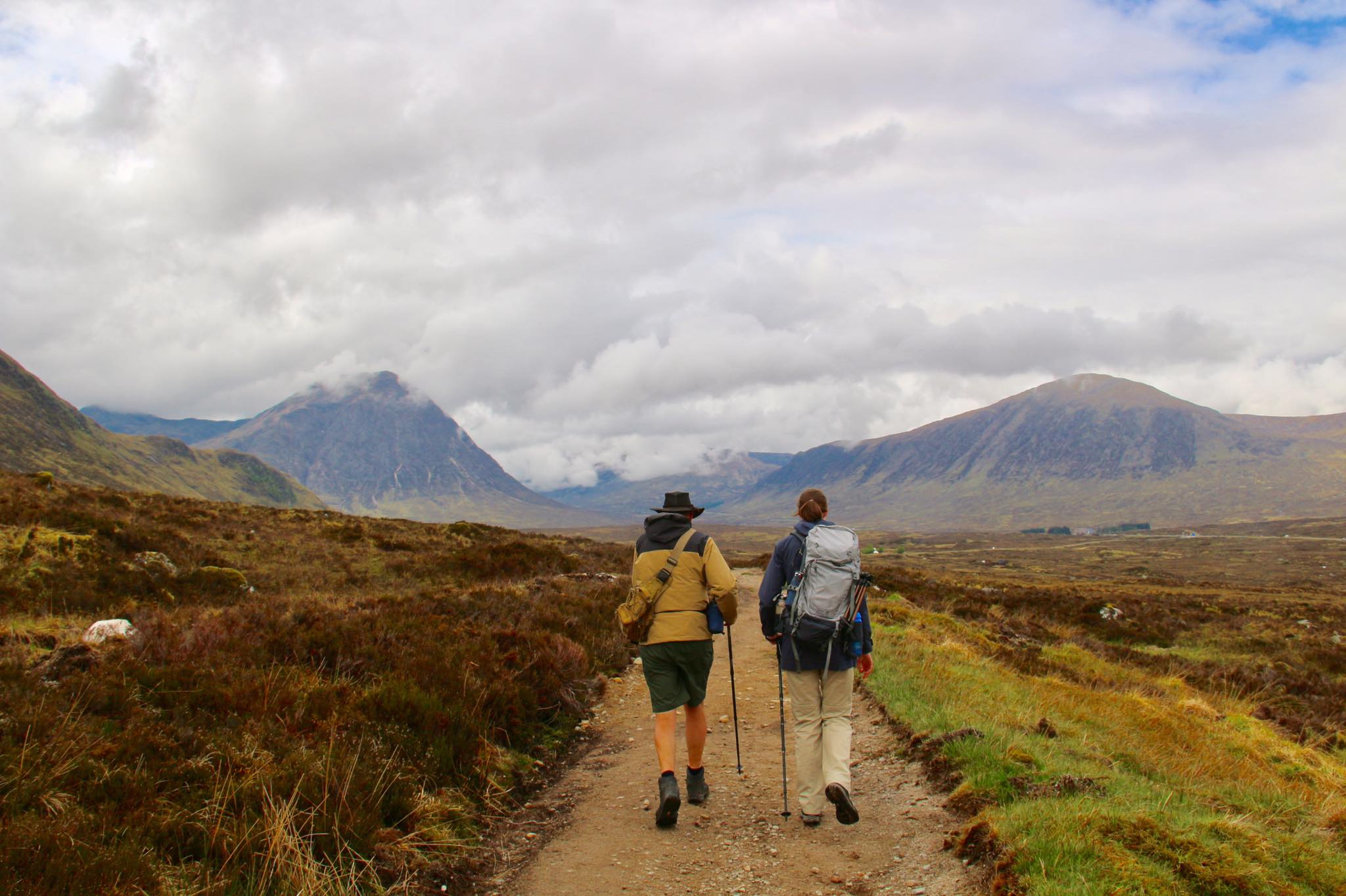
Combat Depression and Anxiety
Regular walks lasting at least half an hour have been proven to effectively bolster one’s defence mechanisms when it comes to staving off anxious thoughts and behaviours, as well as providing a good pick me up when times are tough. It has been scientifically proven that those who walk experience lower rates of depression compared with the general populous and especially with non-walkers. This may not appear very straightforward at first. The form of exercise is, after all, more clearly a physical activity, not a mental or meditative one.
However, walking is in fact a brilliant practice in mindfulness. Once you think about it for a minute, it becomes evidently clear: The act of getting up, out, and moving at a steady, leisurely pace is implicitly linked with a more clear mind. As you head off and slowly slip into your most comfortable natural rhythm, you’re then able to focus on the in and out of your breathing cycle, count your footsteps, and take in the world around you as you gradually pass it by. No wonder then that walking and hiking are therapeutic in nature, much akin to meditation.
Brainpower and Alertness
When you’re slumped over your work computer and mobile phone all day, slowly developing a hunchback suited more to hanging out at Notre Dame Cathedral than to donning a rucksack, it’s more than just your body that is literally just plopped there. So too is your brain, as it sits in its own state of stupor inside your skull. Getting up and shuffling over to the office coffee machine just won’t cut it when it comes to breaking out of your daze.
To fully come free from your brain’s state of inertia, you should head off and hit the pavement during your lunch break, and again for a bit of a meander in the evening. With blood properly flowing through your body once again, our brains finally receive their full share of stimulating, oxygenated life force once more. Our senses begin to pick up, and instead of staring blankly into space (or at our screens), we start to re-engage with the world outside. Brain synapses have been shown to function far more optimally when you are actually up and about, not sitting or laying there at a complete standstill.
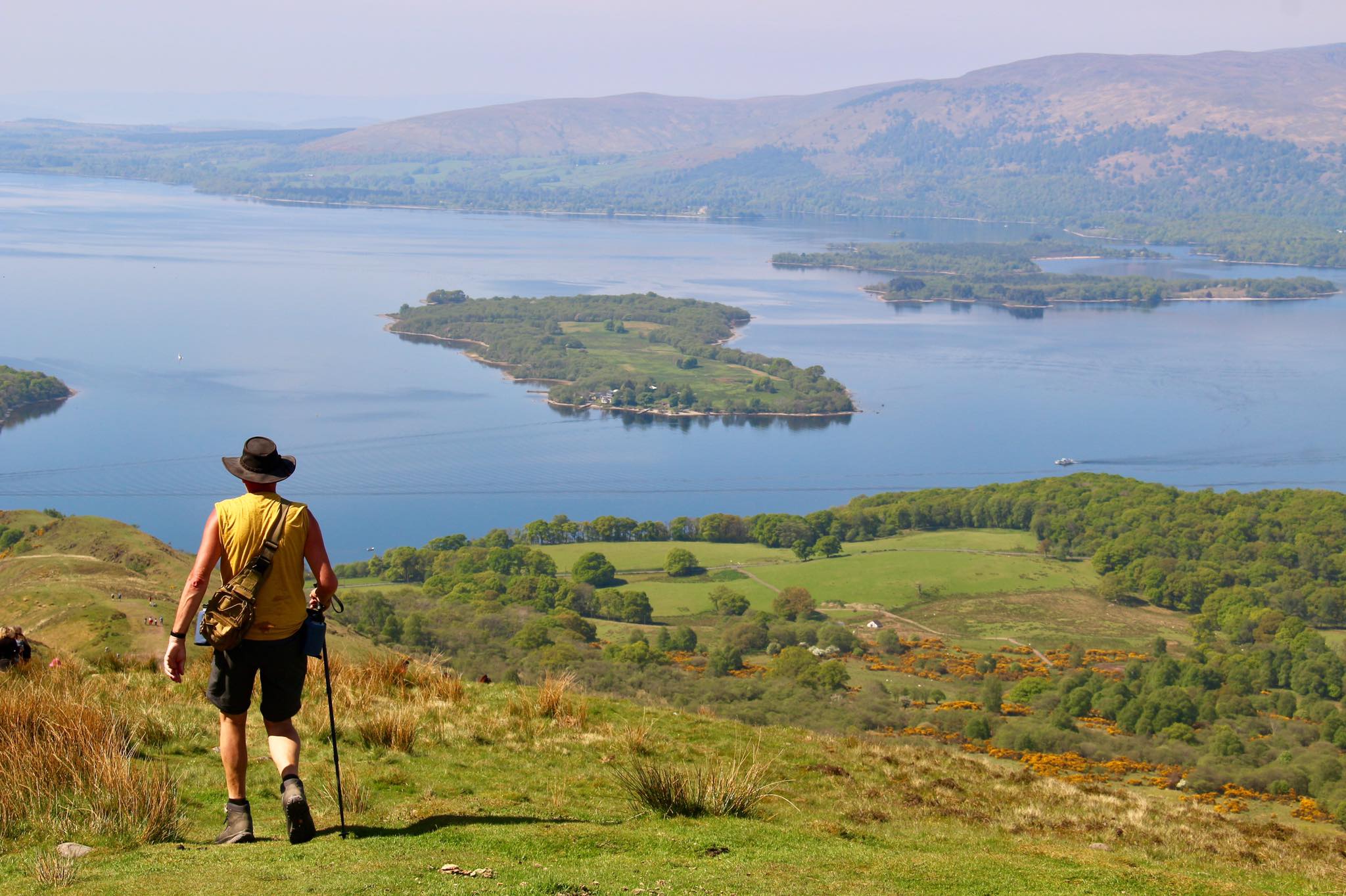
Creative Thinking
Following on naturally from the last point, once our brains are firing on all fours, it has also been demonstrated that we see many other cognitive benefits as well. Our reasoning, problem solving and creative capacity all see substantial improvements. Precisely because walking also puts a greater load on our neural as well as physical capacities, it allows our minds to open up and break free for greater creative thinking. Walking literally pulls our brains up off the couch and puts them back into gear. Taking a nice stroll through our hometown, the park across from the office – or better yet up through the hills – spurs on independent, out of the box thinking as we change our environment and get the mind unstuck from the same old office routine.
Be Present in the Moment
Speaking of cognitive abilities, regular, low to moderate intensity exercise activities such as walking and hiking can be seen as having similar benefits to what’s known as “Cognitive Behavioural Therapy” or CBT for short. CBT’s goal is to improve mental health through identifying and overcoming negative cognitive distortions and habits, and then bettering our abilities at regulating emotions as well.
For example, common negative behavioural habits and adverse thought processes include dwelling on the past and catastrophizing about the future. Instead of getting stuck with regrets and negative thoughts about the past, or fearing what could go wrong in the future, walking conversely forces us to become present in the moment. It stops us from ruminating on our thoughts, stuck on incessant loops of mental pictures and presumptions stuck in our heads, and instead simply makes us actually BE in the moment, not just be present in it.
When you’re out in the bracing winds of the West of Ireland, or the beautifully crisp morning air of Northern Scotland, there is no past or future, merely the perfect present through which you are currently trudging along, one foot after the other, upwards and onwards over hill and through dale. Just like CBT and mindfulness, a proper walk requires that we are aware of our surroundings, that we listen to and acknowledge the sounds and sights all around us. I like to call walking and hiking “non-static meditation,” or more simply, “moving meditation.”
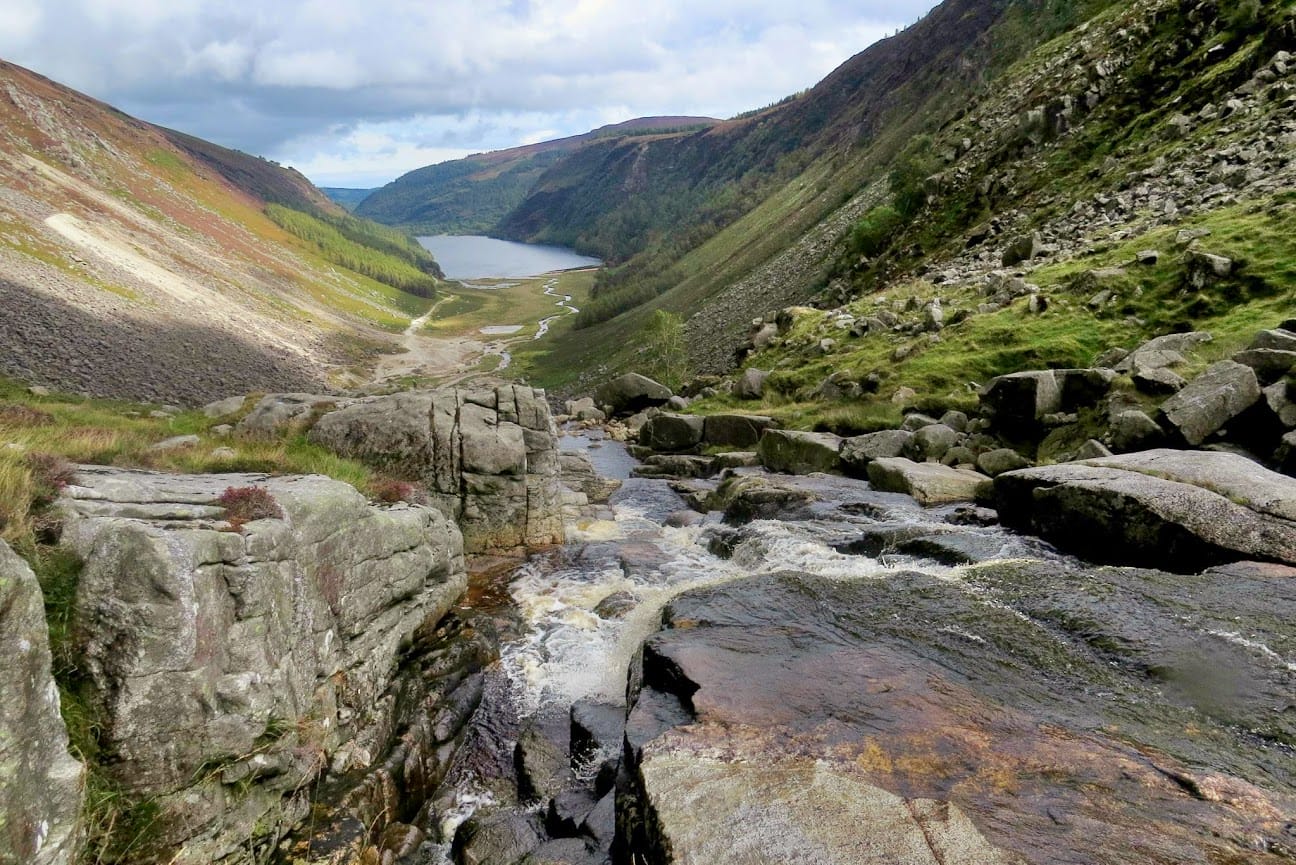
Get Away from Technology
Another undertaking that longer walks force us to adopt is the putting down of our phones and technology in general. Granted, this is harder and harder to achieve these days as we seemingly become ever more tethered to our devices and screens. However, it is still possible to bite the bullet and go screen-free for at least a few days here and there or even an entire week or two each year. It’s OK to be uncontactable for a few hours! You really should try it sometime. Experts are finding more and more that this practice will only compound the mental benefits already touched upon above. Let’s look at GPS for example. In our cars and on our phones we’re becoming far too reliant on the quick and easy ability to instantly find out how to get somewhere.
Forcing yourself to pick up a paper map instead forces you to forego the technology and actually figure out where you are going. Fewer and fewer would know this trick nowadays, but you can actually practice something that’s called “situational awareness” and ‘read’ the ground around you. Using a paper map and compass you’ll find yourself taking in much more of the environment on all sides as you triangulate your position off mountain peaks, radio masts, forests and rivers dotted about the landscape.
When you’re utilising GPS, your brain and body go into autopilot, simply listening to and following instructions and going through the motions. But when you actually have to figure out where on Earth you are going, it gets you thinking and moving in a completely different way. And who knows, it might actually help you break out of your normal mould back at home and in the office and see ordinary routines and tasks in a different manner altogether. But a quick disclaimer here – I’m by no means saying to ditch the technology completely! It’s still very much advisable to keep your phone with you as a backup in case you need to contact anyone in an emergency, and in situations where the GPS could come in handy to keep you safely on track.
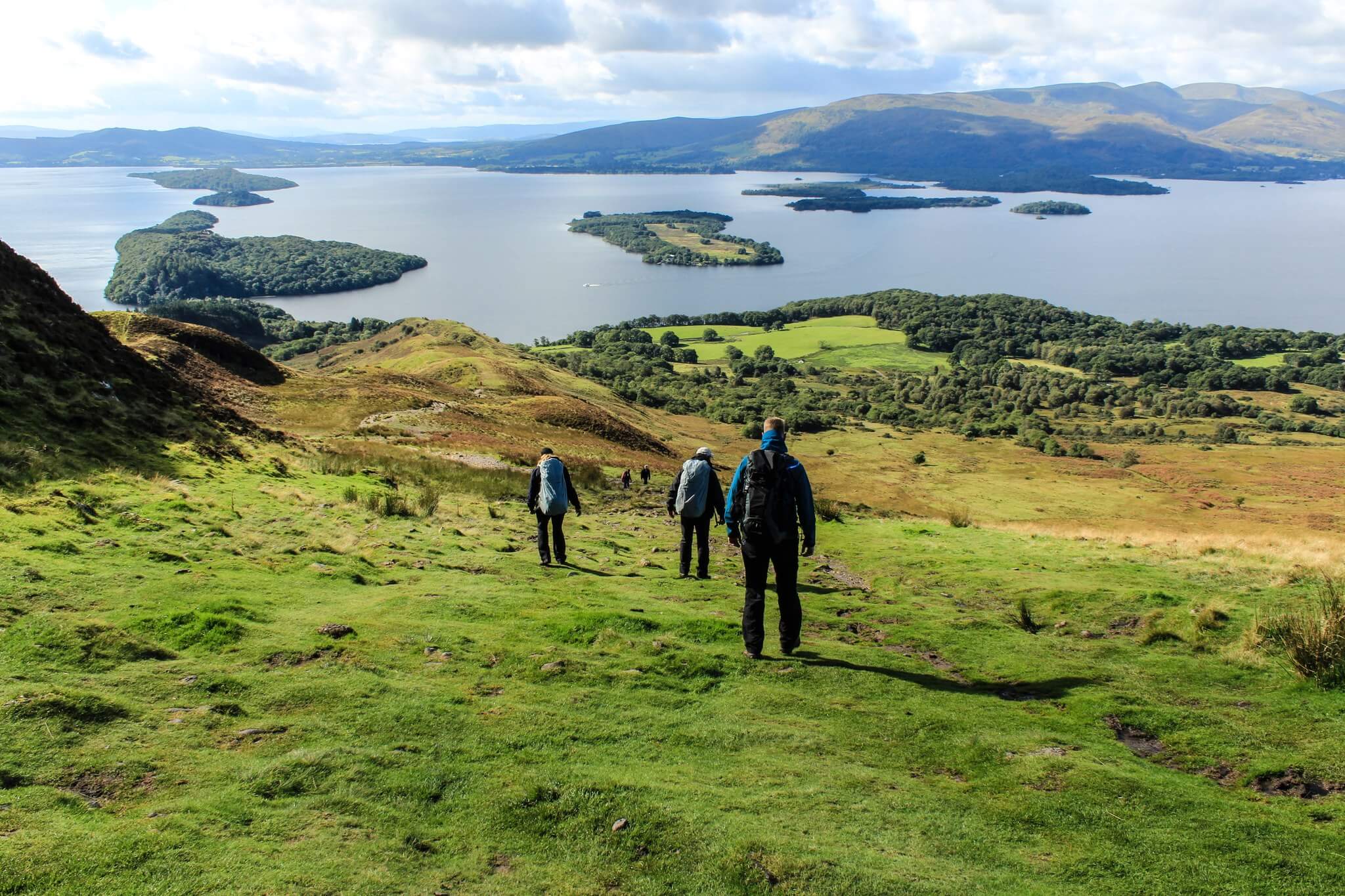
So there you have it, a total of seven key ways in which walking and hiking can have a massive positive impact on our day to day lives.
We hope that you enjoyed this guide to the benefits of walking for mental well-being. If you’re interested in more information on hiking in Ireland, Scotland, England, Wales or on The Camino, just get in touch.


